BY TTT NEWS NETWORK
KOLKATA, 29 JANUARY 2023
The President of India, Smt. Droupadi Murmu has rechristened Mughal Gardens of Rastrapati Bhawan as Amrit Udyan and will be opened for the general public from 31 January.
President Droupadi Murmu has taken the decesion to rename the Mughal gardens on the occasssions of the Amrit Mahotsav, the celebrations of the 75 year’s of india’s independence. Rastrapati Bhawan is the official residence of the President of India.
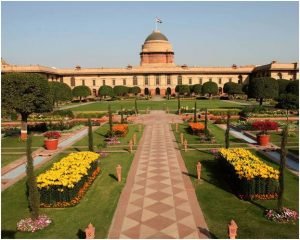
Spread over an area of 15 acres the Mughal Garden has been set up inspired by the Mughal Gardens in Jammu and Kashmir, the gardens sorrounding Taj Mahal and the miniature paintings of India and Persia.
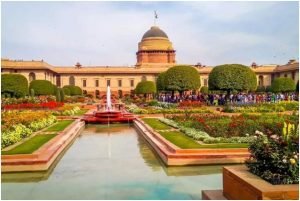
“On the occasion of the celebrations of 75 years of Independence as Azadi Ka Amrit Mahotsav, the President of India has given a common name to the Rashtrapati Bhavan gardens as Amrit Udyan,” Deputy Press Secretary to the President Navika Gupta said.
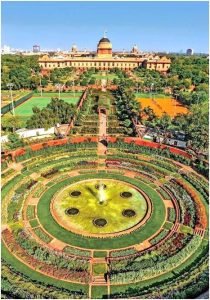
“The Amrit Udyan had up till now been opened for the public only during the annual festival, Udyan Utsav, held in the months of February-March. But the gardens, which forms the third circuit of the Rashtrapati Bhavan tour, will now be open for the public from August till March,” the Rashtrapati Bhavan’s website says.
“Welcome and thank President Droupadi Murmu ji for renaming the iconic gardens at the President House as Amrit Udyan. This new name not only shreds yet another symbol of colonial relic but also reflects India’s aspirations for the amrit kaal,” Union Minister Dharmendra Pradhan tweeted.
The signboards of Mughal garden has been replaced with Amrit Udyan from yesterday.
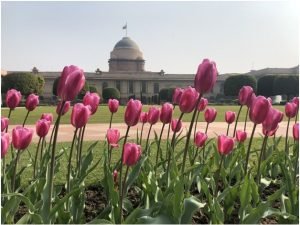
ABOUT-
‘Amrit Udyan’ (meaning: The Garden of the Holy Nectar) is a garden situated at the back of the Rashtrapati Bhavan. Formerly known as the ‘Mughal Garden’, it incorporates both Mughal and English landscaping styles and feature a great variety of flowers and trees. The Rashtrapati Bhavan gardens are open to the public in February every year.
Main garden: Two channels intersecting at right angles running in the cardinal directions divide this garden into a grid of squares: a charbagh. There are six lotus-shaped fountains at the crossings of these channels, rising to a height of 12 feet (3.7 m). The channels function as reflecting pools. There are bird tables for feeding grain to wild birds.
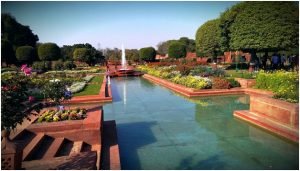
Terrace garden: There are two longitudinal strips of the garden, at a higher level on each side of the Main Garden, forming the Northern and Southern boundaries. The plants grown are the same as in the Main Garden. At the centre of both of the strips is a fountain, which falls inwards, forming a well. On the Western tips are located two gazebos and on the Eastern tips are two ornately designed sentry posts.
Long Garden or the ‘Purdah Garden’: This is located to the West of the Main Garden, and runs along each side of the central pavement which goes to the circular garden. Enclosed in walls about 12 feet high, this is predominantly a rose garden. It has 16 square rose beds encased in low hedges. There is a red sandstone pergola in the centre over the central pavement which is covered with Rose creepers, Petrea, Bougainvillea and vines. The walls are covered with creepers like jasmine, Rhynchospermum, Tecoma Grandiflora, Bignonia Vanista, Adenoclyma, Echitice, Parana Paniculata. Along the walls are planted the China Orange trees.
Around the circular garden, there are rooms for the office of the horticulturist, a greenhouse, stores, a nursery etc. Here is housed a collection of bonsais.
Visitors can reserve slots through advance online bookings.
Entry and exit for all visitors will be from Gate No. 35 of the President’s Estate, close to where North Avenue meets Rashtrapati Bhavan.
Visitors have been requested not to bring any briefcases, cameras, radios/transistors, boxes, umbrellas, eatables etc inside the Gardens. They can carry mobile phones, electronic keys, purse/handbags, water bottles and milk bottles for infants. Provision for drinking water, toilets, and first aid/medical facilities will be made at various places along the public route.
In this year’s Udyan Utsav, among several other attractions, visitors will be able to see specially cultivated tulips of 12 unique varieties which are expected to bloom in phases. People can scan QR code placed in the Gardens to get more information about any particular flower, plant or tree during the visit.
Rashtrapati Bhavan is home to a rich variety of gardens. Originally, they included East Lawn, Central Lawn, Long Garden and Circular Garden. During the term of former Presidents Dr. A.P.J. Abdul Kalam and Shri Ram Nath Kovind, more gardens were developed, namely, Herbal-I, Herbal-II, Tactile Garden, Bonsai Garden and Arogya Vanam. On the occasion of the celebrations of 75 years of Independence as ‘Azadi ka Amrit Mahotsav’, the President of India is pleased to give a common name to the Rashtrapati Bhavan gardens as ‘Amrit Udyan’.
President Droupadi Murmu will grace the opening of the Amrit Udyan tomorrow. https://t.co/4rXOMlZXA3 pic.twitter.com/7WhgilMoWW
— President of India (@rashtrapatibhvn) January 28, 2023
Advertisement:

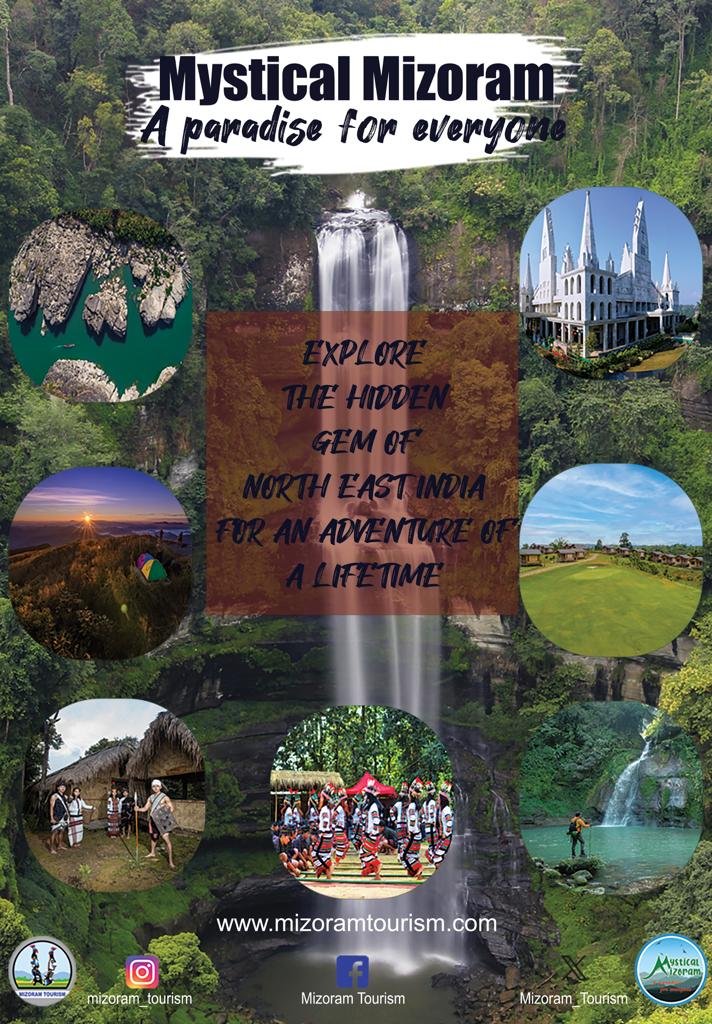

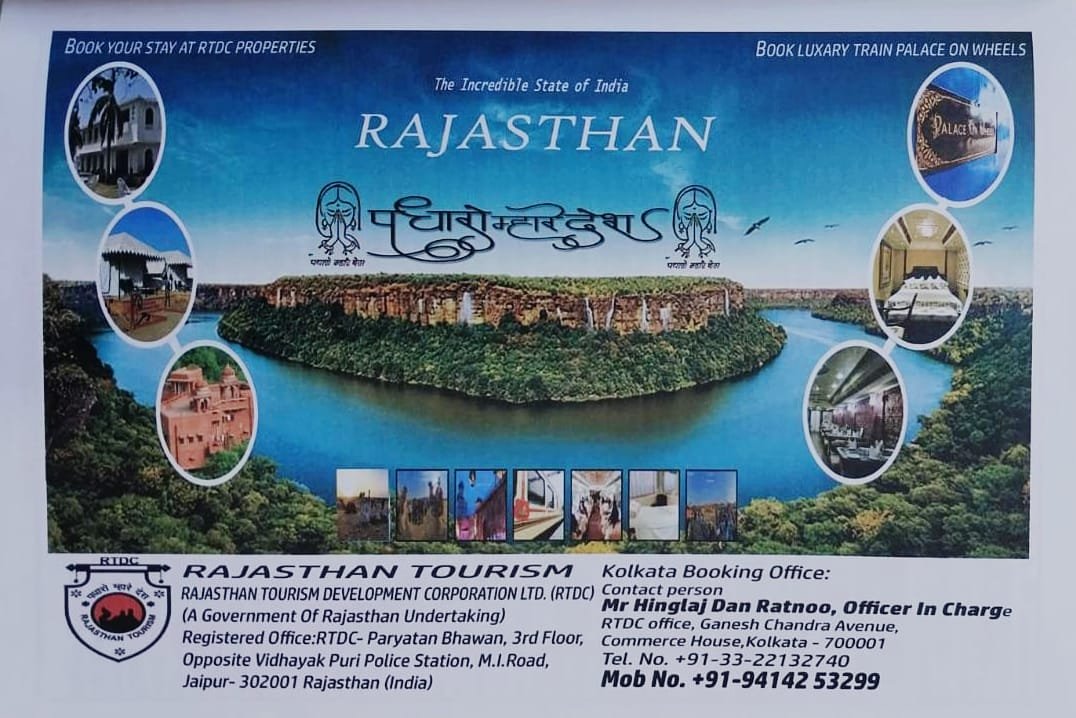


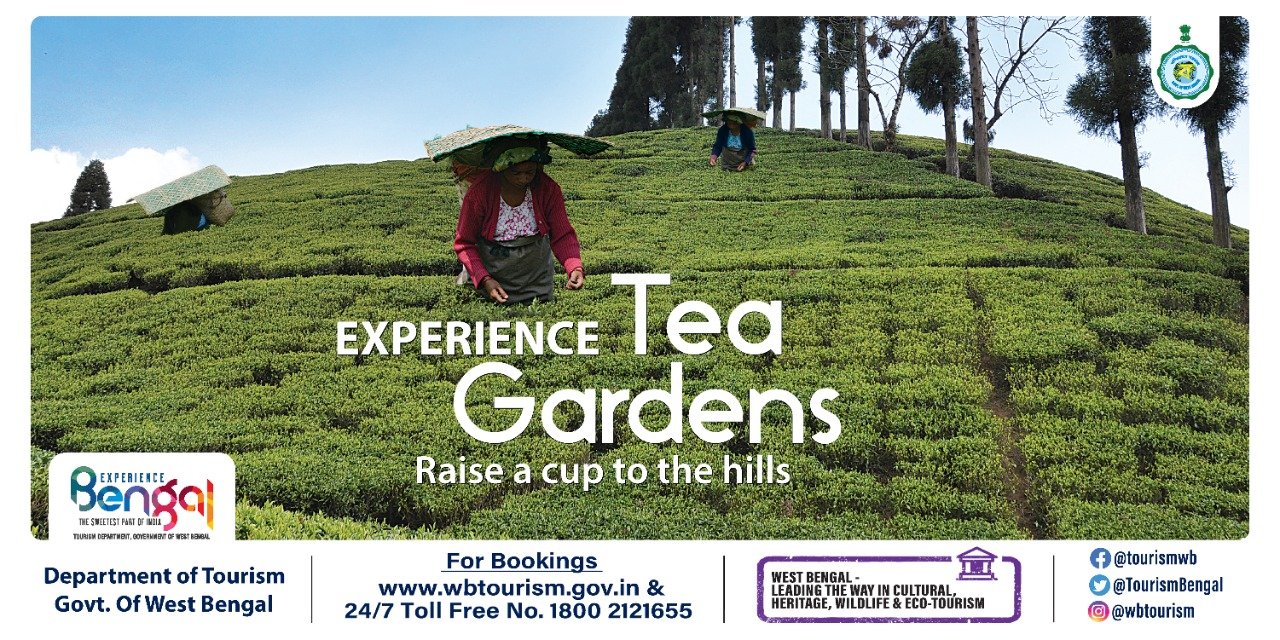

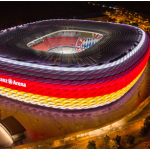

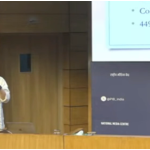


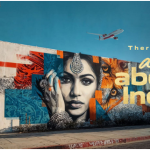










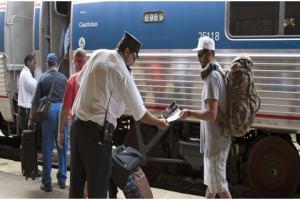

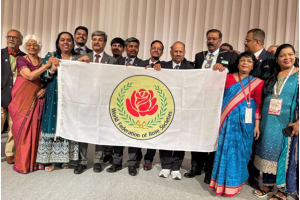






Add Comment